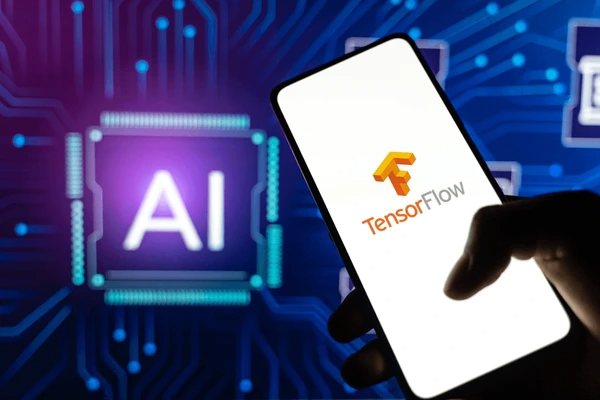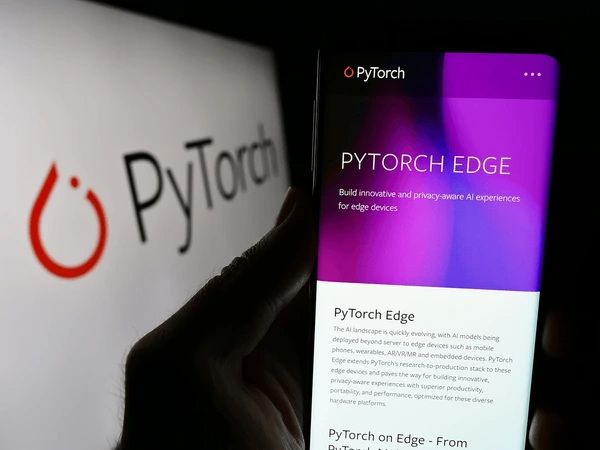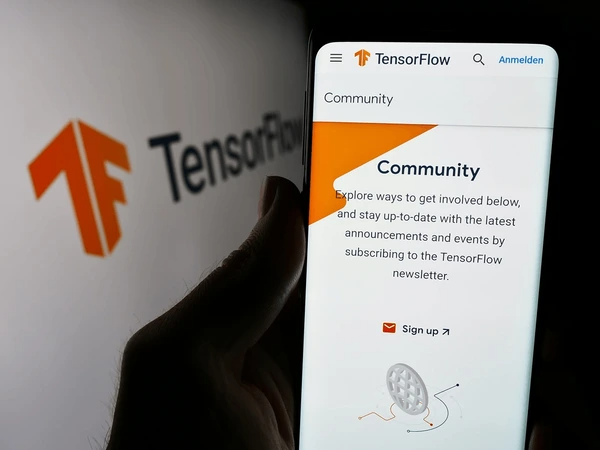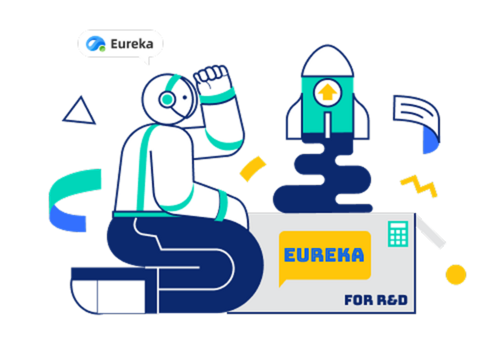
When it comes to deep learning frameworks, TensorFlow and PyTorch are the two most popular choices among researchers, developers, and data scientists. Both frameworks have their strengths and weaknesses, and the choice between them often depends on the specific use case, project requirements, and personal preference. In this article, we’ll dive deep into the TensorFlow vs. PyTorch debate, providing professional insights, data, and real-world cases to help you make an informed decision.
Overview of TensorFlow and PyTorch
TensorFlow
Developed by Google Brain and released in 2015, TensorFlow is one of the most widely used deep learning frameworks. It is known for its robust production capabilities, scalability, and extensive ecosystem, including TensorFlow Lite, TensorFlow.js, and TensorFlow Extended (TFX). TensorFlow uses a static computation graph (though it now supports dynamic graphs via eager execution), making it highly optimized for deployment in production environments.

PyTorch
Developed by Facebook’s AI Research lab (FAIR) and released in 2016, PyTorch has gained immense popularity in the research community due to its simplicity, flexibility, and dynamic computation graph. PyTorch’s eager execution model allows for intuitive debugging and faster prototyping, making it a favorite among academics and researchers.
TensorFlow vs. PyTorch: Key Differences
Computation Graph
- TensorFlow: Historically, TensorFlow used a static computation graph, which required users to define the entire graph before execution. While this approach is efficient for deployment, it can be less intuitive for debugging and experimentation. However, TensorFlow 2.0 introduced eager execution, which allows for dynamic graphs similar to PyTorch.
- PyTorch: PyTorch uses a dynamic computation graph, meaning the graph is built on-the-fly during execution. This makes it easier to debug and modify models, especially during research and development.
Ease of Use
- TensorFlow: TensorFlow’s learning curve can be steep, especially for beginners. However, its high-level API, Keras, simplifies model building and training, making it more accessible.
- PyTorch: PyTorch is often praised for its Pythonic and intuitive design. Its syntax is more aligned with standard Python programming, making it easier for developers to learn and use.
Community and Ecosystem
- TensorFlow: TensorFlow has a larger ecosystem, with tools like TensorBoard for visualization, TFX for production pipelines, and TensorFlow Lite for mobile and edge devices. It also has a larger community, with extensive documentation and tutorials.
- PyTorch: While PyTorch’s ecosystem is smaller, it has been growing rapidly. Tools like TorchServe for deployment and TorchVision for computer vision tasks are gaining traction. PyTorch also has strong support from the research community, with many cutting-edge papers being implemented in PyTorch.

Performance
- TensorFlow: TensorFlow is highly optimized for production environments, with support for distributed training and deployment on various platforms, including mobile and web. Its static graph optimization can lead to faster execution times in certain scenarios.
- PyTorch: PyTorch’s dynamic graph can be less efficient for production, but recent updates, such as TorchScript and Just-In-Time (JIT) compilation, have improved its performance and deployment capabilities.
Real-World Use Cases
TensorFlow in Production
- Google: TensorFlow is used extensively within Google for products like Google Photos, Google Translate, and Google Search. Its ability to scale and deploy models efficiently makes it a top choice for large-scale production systems.
- Uber: Uber uses TensorFlow for its Michelangelo platform, which powers machine learning models for ride-sharing, food delivery, and autonomous vehicles.
PyTorch in Research
- OpenAI: OpenAI has adopted PyTorch as its primary deep learning framework for research, citing its flexibility and ease of use. Many of OpenAI’s groundbreaking models, such as GPT-3, were developed using PyTorch.
- Facebook: PyTorch is widely used within Facebook for research and production, including applications in computer vision, natural language processing (NLP), and reinforcement learning.
Still debating between TensorFlow and PyTorch for your next project? Eureka Technical Q&A makes it easy to compare performance benchmarks, helping you understand factors like speed, scalability, and ease of use, so you can choose the best framework for your machine learning needs.
Industry Adoption and Trends
According to a 2022 survey by Stack Overflow, PyTorch has seen a significant increase in popularity among researchers and developers, with 57% of respondents preferring PyTorch for research, compared to 43% for TensorFlow. However, TensorFlow remains the dominant framework for production, with 68% of enterprises using TensorFlow for deploying machine learning models.
Academic Research
- PyTorch: PyTorch is the preferred framework in academia, with 70% of research papers at top conferences like NeurIPS and ICML being implemented in PyTorch. Its dynamic graph and ease of use make it ideal for rapid experimentation.
- TensorFlow: While TensorFlow is still used in academia, its adoption has declined in favor of PyTorch, particularly for cutting-edge research.
Industry Adoption
- TensorFlow: TensorFlow is widely used in industry for production-grade applications, particularly in sectors like healthcare, finance, and autonomous vehicles. Its robust deployment tools and scalability make it a top choice for enterprises.
- PyTorch: PyTorch is gaining traction in industry, particularly in startups and tech companies that prioritize flexibility and rapid prototyping. However, its adoption in large-scale production systems is still growing.

Which Framework Should You Choose?
Choose TensorFlow If:
- You need to deploy models in production environments.
- You require a robust ecosystem with tools for deployment, visualization, and monitoring.
- You are working on large-scale projects that require distributed training.
Choose PyTorch If:
- You are conducting research or prototyping new models.
- You prioritize ease of use and flexibility.
- You are working in academia or a research-focused environment.
Conclusion
Both TensorFlow and PyTorch are powerful deep learning frameworks, each with its own strengths and weaknesses. TensorFlow excels in production and scalability, making it the go-to choice for enterprises. On the other hand, PyTorch’s flexibility and ease of use have made it a favorite among researchers and developers.
Ultimately, the choice between TensorFlow and PyTorch depends on your specific needs and use case. As the deep learning landscape continues to evolve, both frameworks are likely to remain at the forefront, driving innovation and enabling new breakthroughs in AI.
To get detailed scientific explanations of TensorFlow vs. PyTorch, try Patsnap Eureka.


